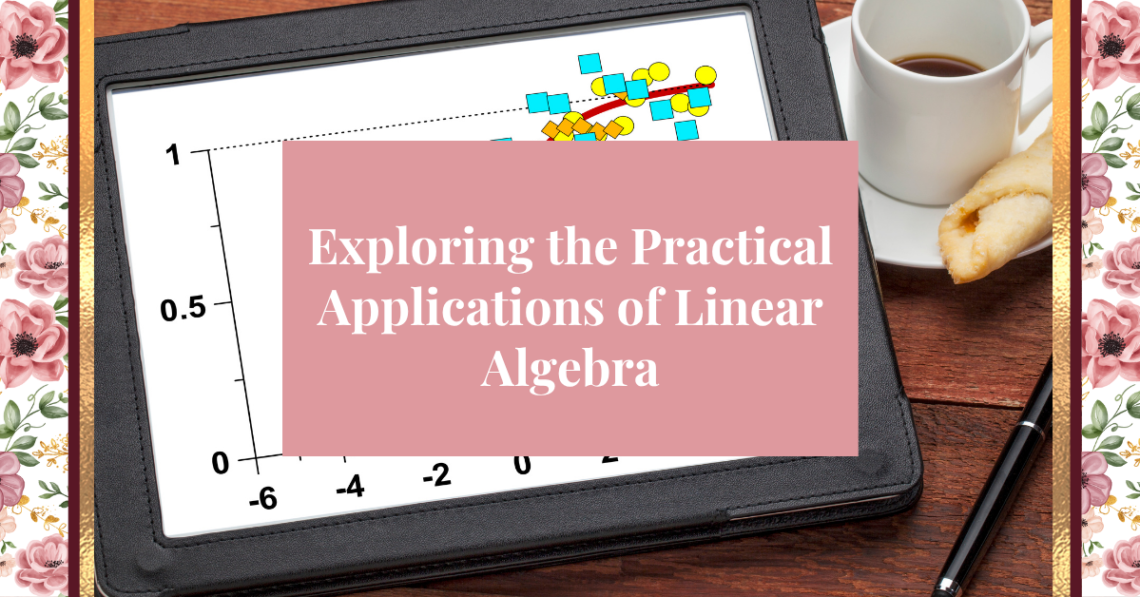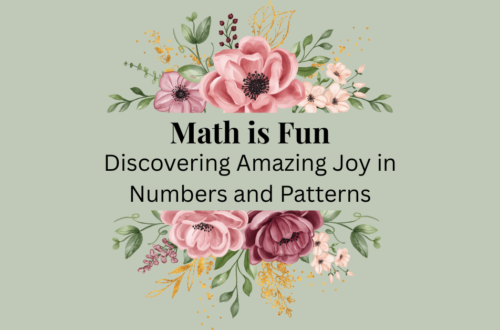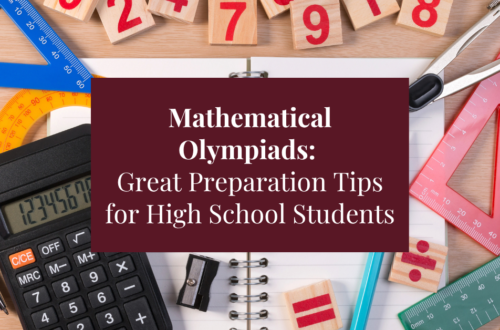Linear algebra is often considered one of the foundational topics in mathematics, and for good reason. While its concepts may seem abstract at first, linear algebra has a wide range of practical applications that play a critical role in various fields. From computer science and engineering to economics and data science, linear algebra is essential for solving real-world problems. In this post, we’ll explore some of the practical applications of linear algebra that you might encounter in everyday life or professional settings.
1. Computer Graphics and Animation
One of the most visible applications of linear algebra is in the world of computer graphics and animation. In fact, linear algebra is the backbone of creating digital images and animations that we see in video games, movies, and simulations.
- Transformation Matrices: Linear algebra is used to manipulate images and objects in a virtual environment. When creating 3D models, transformation matrices are used to rotate, scale, and translate objects within a 3D space. These transformations are essential for rendering graphics from different angles and perspectives.
- Animation: Linear algebra is also critical for animating objects and characters. Whether it’s moving an object from one point to another or transforming a character’s pose, the mathematics of linear algebra allows for smooth, real-time animations.
2. Machine Learning and Data Science
In machine learning and data science, linear algebra is the foundation for many algorithms that are used to process data, make predictions, and solve complex problems.
- Data Representation: In machine learning, large datasets are often represented as matrices or vectors, making it easier to perform operations like classification, regression, or clustering. Each row in a matrix might represent an individual data point, while the columns contain features (attributes) of the data.
- Principal Component Analysis (PCA): PCA is a technique in data science that reduces the dimensionality of data while preserving as much variance as possible. PCA relies heavily on linear algebra concepts, particularly eigenvectors and eigenvalues, to identify patterns in data and simplify complex datasets.
- Neural Networks: The computations that take place in a neural network (such as the ones used for deep learning) often involve matrix multiplication. Linear algebra enables the forward and backward propagation steps used to train the network and adjust weights.
3. Engineering and Physics
In engineering and physics, linear algebra is used to model systems and solve problems related to forces, motions, and structures. Whether it’s analyzing electrical circuits or simulating the behavior of materials, linear algebra plays an essential role.
- Structural Analysis: Engineers use linear algebra to analyze structures, such as bridges, buildings, and dams. They model these structures using systems of linear equations to ensure they can withstand forces like gravity, wind, and earthquakes.
- Electrical Networks: In electrical engineering, linear algebra is used to solve systems of equations that describe how currents flow in circuits. Techniques like Gaussian elimination and matrix inversion help engineers design and optimize electrical systems.
- Quantum Mechanics: Quantum mechanics, which describes the behavior of particles at the smallest scales, relies heavily on linear algebra. Quantum states are represented as vectors, and the transformations that occur are described by matrices.

4. Economics and Finance
In economics and finance, linear algebra helps economists and financial analysts model complex systems, forecast trends, and make investment decisions.
- Optimization: Linear programming, a technique in linear algebra, is used in optimization problems to find the best outcome given a set of constraints. For example, companies use linear programming to optimize production schedules or minimize costs while maximizing profits.
- Portfolio Management: In finance, linear algebra helps to manage and optimize investment portfolios. By representing assets and their returns as vectors and using matrix algebra, analysts can assess the risk and return of various investment strategies.
- Input-Output Models: Economists use input-output models, which are systems of linear equations, to analyze how different sectors of an economy interact. These models help determine how changes in one industry affect others.
5. Cryptography and Security
Linear algebra is also used in the field of cryptography, which is essential for securing digital communications.
- Encryption Algorithms: In modern encryption algorithms, such as RSA, matrices and vectors are used to transform data in a way that is difficult for unauthorized users to decrypt. Linear algebra helps secure communications in online banking, e-commerce, and other digital transactions.
- Error Detection and Correction: Linear algebra is used in error detection and correction algorithms, which ensure the reliability of transmitted data. Techniques like parity checks and Hamming codes rely on linear algebra to detect and correct errors that occur during data transmission.
6. Robotics and Autonomous Systems
Linear algebra is at the core of robotics and autonomous systems, helping these machines navigate and interact with their environments.
- Robot Motion and Control: In robotics, linear algebra is used to control and simulate the movement of robots. Matrices are used to represent the position and orientation of a robot, and transformations are applied to move it in a desired direction.
- Sensor Fusion: Autonomous vehicles and drones use multiple sensors (such as cameras, GPS, and accelerometers) to navigate and perceive their surroundings. Linear algebra helps combine the data from these sensors to create accurate models of the environment, a process known as sensor fusion.
Conclusion
Linear algebra is a powerful tool used across a wide variety of fields, from technology and engineering to finance and economics. Understanding its practical applications helps you see how abstract mathematical concepts can be used to solve real-world problems and improve our lives. Whether you’re creating video games, analyzing data, optimizing production, or ensuring digital security, linear algebra is an indispensable tool that shapes the modern world.
Are you fascinated by how linear algebra is used in the real world? Share your thoughts and experiences in the comments below!





